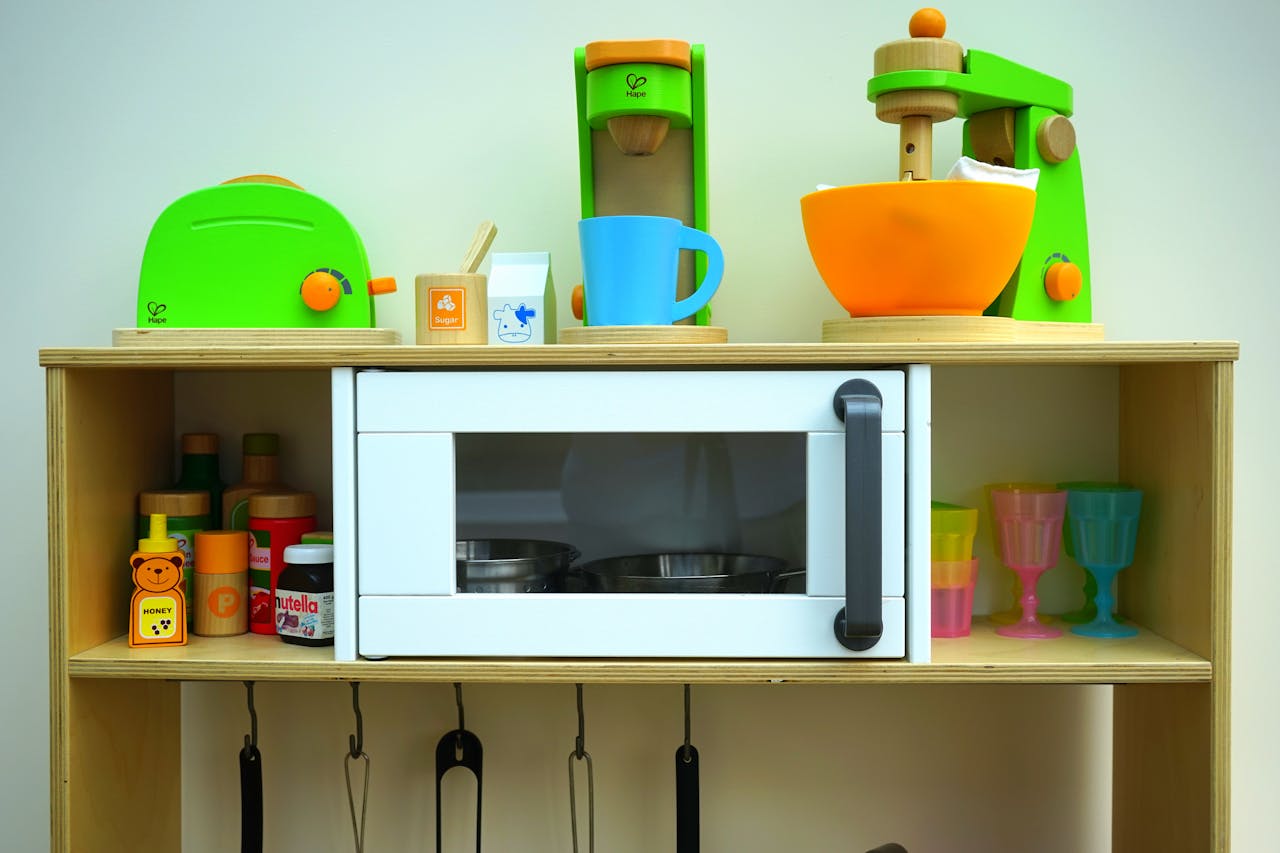We all love the convenience of a microwave, especially when hunger strikes and time is short. But if you’re aiming for restaurant-quality foods at home, the microwave can be your worst enemy. Certain dishes lose their flavor, texture, and even nutritional value when zapped, leaving you with a disappointing meal that’s a far cry from what you’d get at your favorite eatery. Knowing which foods to avoid microwaving can make a huge difference in your home dining experience. Whether you’re reheating leftovers or prepping a quick lunch, understanding these pitfalls will help you enjoy every bite as if it just came from a professional kitchen. Let’s dive into the six restaurant-quality foods that should never be microwaved—and what you should do instead.

Image Source: pexels.com
1. Steak
Steak is the ultimate restaurant-quality food, but microwaving it is a surefire way to ruin its appeal. The microwave heats unevenly, causing the meat to become rigid, rubbery, and dry. The beautiful sear and juicy interior you expect from a steakhouse simply can’t be replicated in a microwave. Instead, reheat the steak gently in a skillet over low heat with a splash of broth or water to keep it moist. This method preserves the texture and flavor, ensuring your steak remains tender and delicious.
2. Fried Chicken
Crispy fried chicken is a comfort food classic, but the microwave turns that golden crust into a soggy mess. The steam trapped inside the microwave softens the breading, while the meat can become unevenly heated and even rubbery. To maintain restaurant-quality fried chicken, use an oven or air fryer. Place the chicken on a wire rack in a preheated oven at 375°F for about 10-15 minutes. This method revives the crunch and keeps the inside juicy, making your leftovers taste as fresh as if they were just made.
3. Pizza
Pizza is a go-to leftover, but microwaving it often results in a limp, chewy crust and unevenly melted cheese. The microwave’s rapid heating process draws moisture into the crust, destroying that signature crispiness. For restaurant-quality pizza at home, reheat slices in a skillet over medium heat for a few minutes, then cover briefly to melt the cheese. Alternatively, use a toaster oven for even heating. This approach brings back the crispy bottom and gooey top that make pizza irresistible.
4. Seafood
Seafood dishes, such as grilled salmon, shrimp, or scallops, are delicate and can easily be overcooked. Microwaving seafood often leads to a rubbery texture and a strong, unpleasant odor. The microwave’s intense heat can also cause the natural oils in fish to break down, resulting in a loss of flavor and moisture. To reheat seafood, use gentle heat on the stovetop or in the oven at a low temperature. Cover the dish with foil to retain moisture and prevent drying out. This method keeps your seafood tender and flavorful, just like it would be at a restaurant.

Image Source: pexels.com
5. Pasta with Cream Sauce
Pasta with cream-based sauces, such as Alfredo or carbonara, is a restaurant favorite that doesn’t fare well in the microwave. The high heat causes the sauce to separate, leaving you with oily pools and clumpy noodles. Instead, reheat creamy pasta gently on the stovetop over low heat, adding a splash of milk or cream to restore the sauce’s smooth consistency. Stir frequently to prevent sticking and ensure even heating. This extra step keeps your pasta luscious and satisfying, just as the chef intended.
6. Pastries and Croissants
Flaky pastries and croissants are all about texture, but the microwave destroys their delicate layers. Instead of a crisp, airy bite, you’ll get something dense and chewy. To revive pastries, use a conventional oven or toaster oven at 350°F for a few minutes. This brings back the golden exterior and soft interior, making your breakfast or snack feel bakery-fresh. If you’re short on time, even a quick stint in the oven is better than the microwave for these treats.
Elevate Your Leftovers Like a Pro
Avoiding the microwave for these restaurant-quality foods isn’t just about taste—it’s about preserving the textures, aromas, and overall experience that make dining out special. By using simple alternatives like the oven, skillet, or air fryer, you can transform leftovers into meals that rival those at your favorite restaurant. These small changes make a big difference in your home cooking, ensuring every bite is as satisfying as the first. Next time you’re tempted to reach for the microwave, remember these tips and treat yourself to a better meal.
What foods have you found taste better when reheated without a microwave? Share your tips and experiences in the comments!
Read More
Produce Storage: 12 Fruits to Ripen on the Counter Before Refrigerating
Storing Produce: Don’t Let the Moisture Out of These 30 Foods

